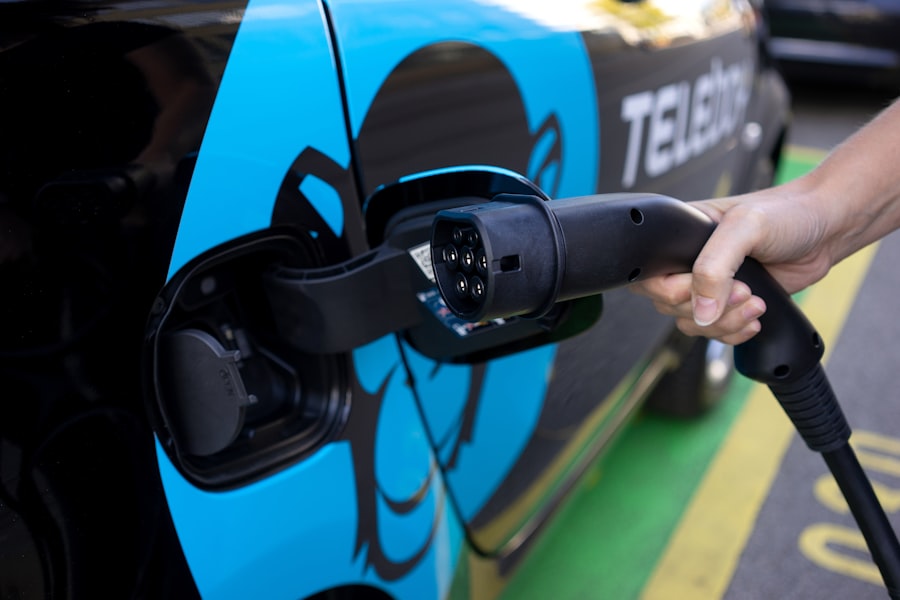
Cepsa and Fertiberia Join Forces to Create a Green Hydrogen Valley in Andalusia
Cepsa and Fertiberia, two of Spain’s biggest hydrogen customers, have made a pact to convert their production processes to low carbon levels. As part of this production, they will jointly create a large-scale renewable hydrogen plant in the country. The place chosen is Palos de la Frontera, Andalusia where 1GW of electrolysis capacity will be developed in order to assemble the Andalusian Green Hydrogen Valley. This valley should be able to contain up to 2GW capacity with the additional creation of another site in Campo de Gibraltar (Cadiz). It is expected that 300,000 tonnes of biogenic CO2 will be produced from Cepsa’s Energy Parks. The date for green hydrogen production has been set for 2026 and it will mainly supply for Cepsa and Fertiberia’s individual industries whilst creating advanced biofuels, ammonia, AdBlue and sustainable crop nutrition solutions. Their La Rábida Energy Park is located adjacent to Fertiberias facilities in Palos de la Frontera. In a statement by Cepsa’s Chief Executive Officer Maarten Wetselaar he believes that this venture between the two companies can become a benchmark sustainable example as Europe moves towards green energy. He also confirmed that this agreement enables their mission of decarbonising activities for both their company and its customers. Furthermore Javier Goñi (Chief Executive Officer of Grupo Fertiberia) said that this alliance was highly important as it links the two oldest industrial locations within Huelva which account for nearly all hydrogen consumption in Andalusia providing multiple opportunities across different sectors. With their collaboration Goñi also echoes Wetselaar’s sentiment about using green hydrogen as an efficient foundation for decarbonisation as well as reinforcing green ammonia and sustainable crop nutrition solutions around SpainThe agreement doesn’t end there however as the companies are also planning on producing renewable fuels like methane and ammonia elsewhere in mainland Spain outside Huelva.
Summary
- Cepsa and Fertiberia have become strategic partners in the project to develop 1GW of electrolysis capacity in Palos de la Frontera as part of the Andalusian Green Hydrogen Valley.
- The agreement will meet the hydrogen and biogenic CO2 needs of both companies’ facilities in the industrial fabric of Palos de la Frontera (Huelva) in the most optimal way.
- As a part of their agreement, the two companies will also consider producing renewable fuels (green methanol and ammonia) in both Huelva and other provinces in mainland Spain.
What are the benefits for Cepsa and Fertiberia from jointly developing a large-scale renewable hydrogen plant in Palos de la Frontera?
The benefits for Cepsa and Fertiberia from jointly developing a large-scale renewable hydrogen plant in Palos de la Frontera include the decarbonisation of their production processes, the ability to manufacture advanced biofuels, ammonia, AdBlue and sustainable crop nutrition solutions, and the potential to produce renewable fuels such as green methanol and ammonia.You might also like this article: Neubauten in Berlin: 8,7 Prozent weniger Genehmigungen im Vergleich zum Vorjahr. Picture source: Tommy Krombacher